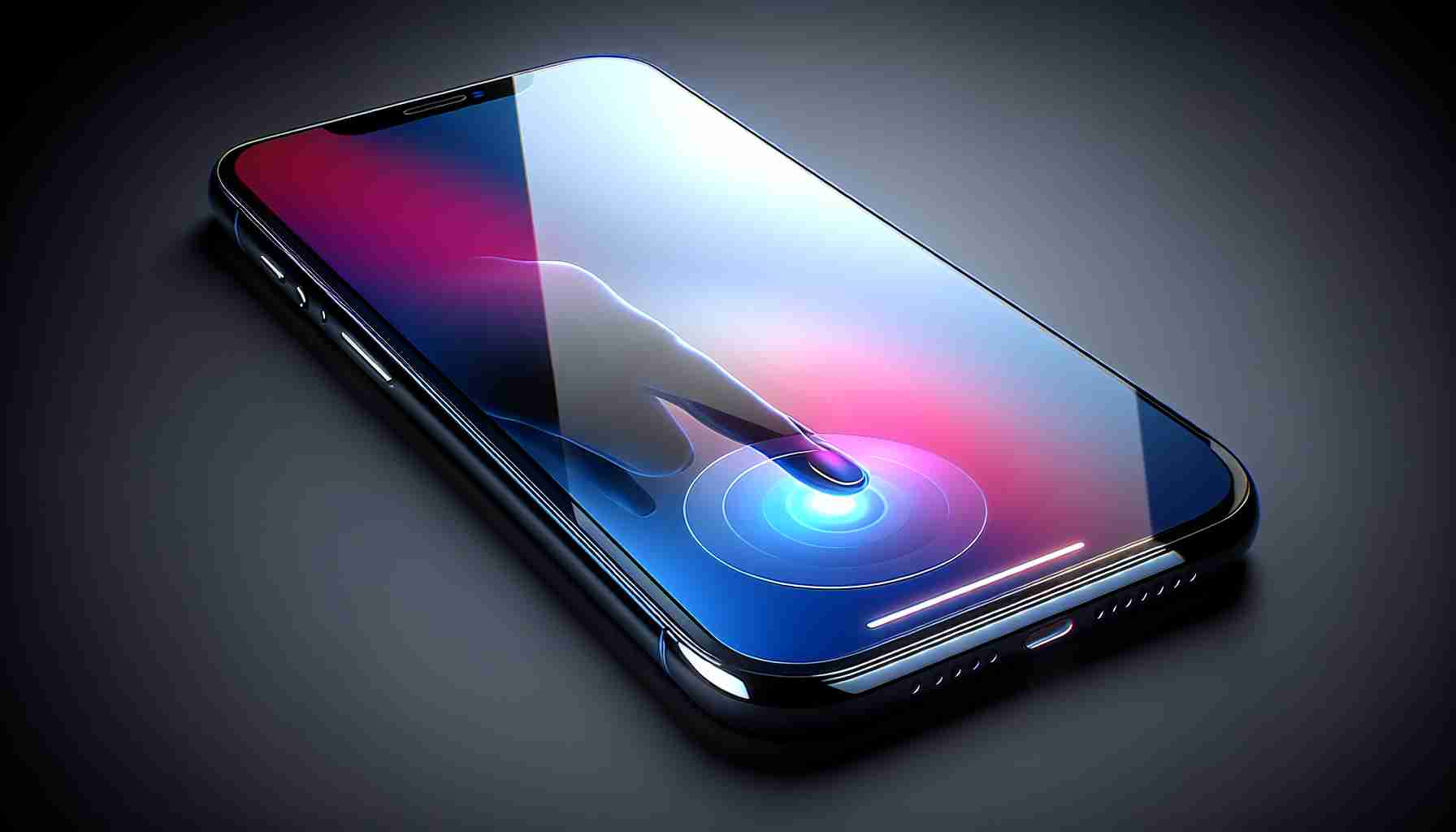Innovations in smartphone technology never cease to amaze, and Apple is at the forefront of bringing futuristic features to consumers. Recent industry buzz highlights that the iPhone 16 could be a game-changer with the potential introduction of touch-responsive solid-state buttons. This anticipated move by Apple would be one of the most significant design shifts in the company’s history, potentially setting a new standard for the industry.
Reports originating from a respected Chinese publication, Economic Daily, suggest that a contract has been secured between Apple and Advanced Semiconductor Engineering. This deal is for the production of capacitive components specifically for the upcoming iPhone 16. The essence of this technology is intuitive: buttons that respond to a mere touch, as opposed to the traditional mechanical press, offering a sleeker design and possibly enhanced durability.
There’s been speculation about Apple’s intention to adopt capacitive buttons for their devices, particularly since the anticipation surrounding previous iPhone models. The difference now is that this speculation is gaining substance, hinting that Apple may be on the verge of bringing this tech to their flagship smartphone line. It’s unclear though, whether the company will choose to switch over all buttons or take a progressive approach by initially swapping out only select buttons, such as the volume or power buttons.
However, it is crucial to approach this information with a degree of skepticism, as only an official announcement from Apple can confirm the prevalence of solid-state buttons on the iPhone 16. Previous predictions failed to materialize when the technology was expected to debut on last year’s model.
To stay informed about the direction that Apple and other tech giants are taking, keep an eye out for updates on the industry’s latest innovations. Observers and consumers alike eagerly await to see if Apple will indeed redefine the tactile experience of smartphone use with the forthcoming iPhone 16.
Facts Relevant to the Article’s Topic:
– Capacitive buttons are not mechanical and use the electrical properties of the human body to detect when and where on a surface the user’s touch occurs.
– Haptic feedback technology could be used in conjunction with capacitive buttons to provide users with a tactile response, simulating the feeling of pressing a mechanical button.
– Apple has previously introduced similar non-mechanical interfaces with the iPhone 7’s home button and the Force Touch trackpad on MacBook computers.
– Transitioning to capacitive buttons could improve the device’s water and dust resistance by leaving fewer entry points for contaminants.
– Apple regularly files patents, and reviewing their patent applications could offer insight into possible future features.
Key Questions and Answers:
Q: What are the potential benefits of capacitive buttons on the iPhone 16?
A: Capactive buttons could make the iPhone even more resistant to elements like water and dust, reduce mechanical failure rates, and potentially allow for a thinner design.
Q: What are the challenges of incorporating capacitive buttons into a smartphone?
A: Challenges may include ensuring that the buttons have adequate responsiveness, providing satisfactory haptic feedback, and avoiding accidental presses.
Advantages and Disadvantages:
Advantages:
– Enhances device durability by eliminating movable parts.
– Potentially creates a smoother and more sleek device design.
– Increases water and dust resistance.
– May allow for a more customizable user experience.
Disadvantages:
– May pose a learning curve for users accustomed to mechanical buttons.
– Haptic feedback may require significant power consumption.
– Accidental touch inputs could be more common without the need to physically press.
– The cost of implementation could lead to a higher price point for consumers.
Key Challenges or Controversies:
The move to capacitive buttons may face some pushback from users who prefer the tactile feel of physical buttons. There’s also the potential for technical issues or user interface challenges, such as distinguishing between intentional and accidental touches, especially when the device is in a pocket or bag.
Suggested Related Links:
For more information on Apple and their product announcements, visit their official website: Apple.
Please note that the above URL is valid and leads to the main domain of Apple’s official website.
The source of the article is from the blog j6simracing.com.br
